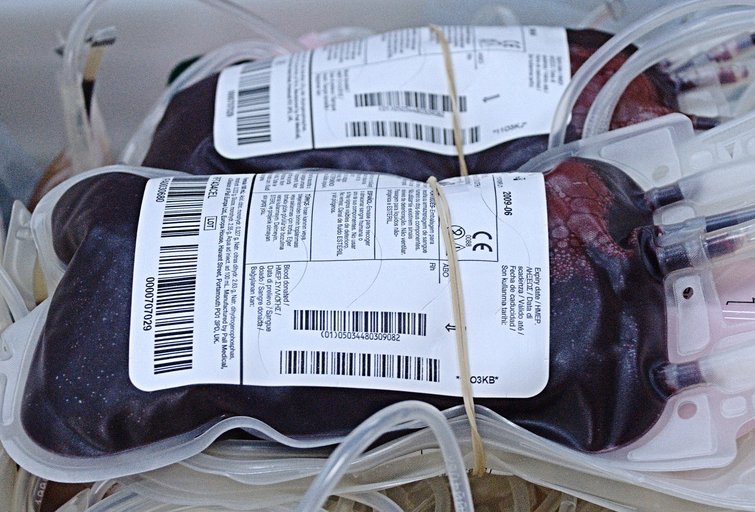Cells lining blood vessels in the brain can grab clots and other obstructions and dump them outside the vessel to restore blood flow, US researchers have found.
In a paper in Nature, Northwestern University scientist Carson Lam and his colleagues use a clever imaging technique (called two photon imaging) to watch what happens when fluorescently-labelled blobs of cholesterol are released into the blood vessels supplying the brains of mice. To their surprise, whenever the glowing balls of fat lodged in a small blood vessel, blocking it, within a few days it had been cleared and was sitting outside the blood vessel, almost as though a snow-plough had pushed it out of the road like a snow drift.
 A closer look at how the process was taking place revealed that the endothelial cells, which form the linings of blood vessels, were orchestrating a sequence of events never seen before.
A closer look at how the process was taking place revealed that the endothelial cells, which form the linings of blood vessels, were orchestrating a sequence of events never seen before.
The cells were putting out thin extensions of their membranes and completely enveloping the obstruction before opening up a channel between them and their neighbours and ejecting the material from the inside of the vessel. Interestingly, when the team compared this behaviour in young versus older mice, they found that it was much less efficient with increasing age and there was considerably more brain injury as a result in these older animals.
This might help to explain in part, say the researchers, why humans succumb to deteriorating brain function as we age. At the same time it might also account for the observation that diseases like diabetes and high blood pressure - which can make the walls of small vessels much thicker - tend to increase the risk of stroke and dementia, perhaps because blood vessels damaged in this way find it more difficult to unblock themselves, leading to neuronal loss.
Clearly it's early days yet, but getting to the bottom of this observation could open up new avenues in brain protection and repair.





Comments
Add a comment